Halloween is that time of year when the nights grow long, the air turns crisp and people go looking for a good scare. It’s a time to face the terrifying, defeat the sinister and prove you’re fearless, often under the cloak of night. There’s something thrilling about standing in the dark, heart racing, as your imagination fills in the shadows. For many young adults, the thrill-seeking adrenaline rush lures them out into the night: exploring shadowy places, chasing urban legends or sneaking into old “haunted” sites. But when that search for a thrill leads to dangerous places, the story can turn real and tragic in an instant. The real danger out there isn’t the supernatural. It’s physical and it’s all too real.
Every Halloween, people sneak past fences, hike out to ghost towns or step inside abandoned buildings, chasing the thrill of the unknown. It’s a kind of rite of passage, until something gives way beneath their feet or the cold, damp air turns toxic.
The truth is simple: the real danger out there isn’t supernatural. It’s structural, environmental and physical. #TakeTheExtraMinute is a reminder that haunting rescues we face aren’t ghost stories. They’re tragedies caused by a moment of poor judgment.
Old Buildings Aren’t Haunted — They’re Just Hazardous
That groan from the rafters isn’t a ghost. It’s rotted timber. The cold wind through the cracks isn’t a spirit. It’s structural failure. The creak underfoot isn’t an apparition. It’s a decaying floor ready to give way. Condemned structures are condemned for a reason. Weakened floors, rusted rebar, exposed wiring and unstable foundations turn these places into real hazards. Abandoned buildings can contain toxic mold, asbestos or hazardous chemicals that are invisible, but deadly. One wrong step could send you through a floor or pin you under debris. And when that happens, calling for help might not even be possible. Those chain-link fences that were meant to keep people out also make it harder for rescuers to get in.
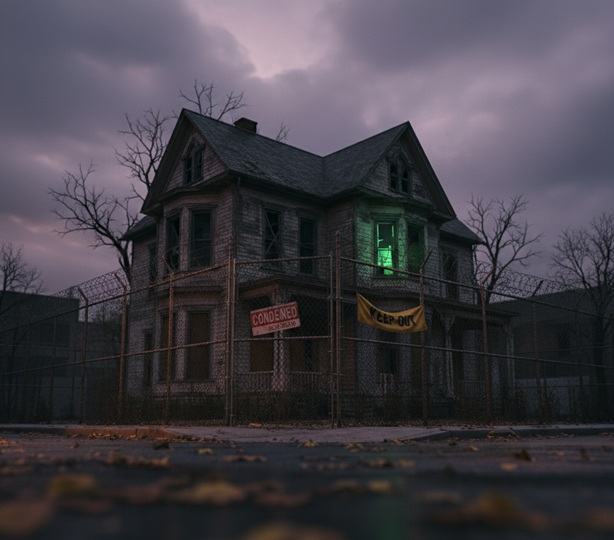
Abandoned Mines: A Breath of Air Could Be Your Last
Old mines hold a powerful kind of mystery — dark tunnels, cold air and the sense that something ancient lives below. They may look like portals to another world, but they’re more like traps. What actually lurks there is far more dangerous than any ghost story. Hidden vertical shafts can drop hundreds of feet. Air pockets can be filled with toxic gases or have no oxygen at all. Walls and ceilings crumble with age and vibration. Water pools quickly, creating hidden sumps and unstable, slick surfaces deep inside. And once you step inside, your GPS, cell phone and radio are as useless as your flashlight when the batteries die. Old mines are some of the most dangerous places in the backcountry. Rescuers call these places “vertical tombs” for a reason. There’s nothing ghostly about an abandoned mine. It’s just deadly.
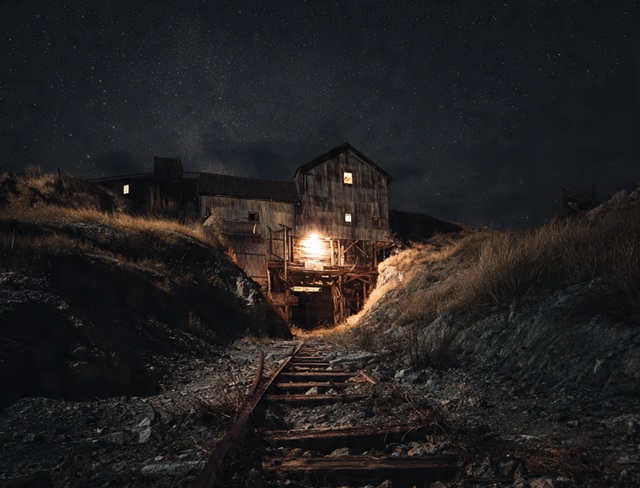
Cemeteries: Respect the Dead, Protect the Living
Cemeteries might seem like a classic Halloween destination, but they deserve respect, not midnight trespassers. Cemeteries have long been tied to Halloween lore — quiet, eerie and full of stories. But wandering into one after dark isn’t just disrespectful. It’s unsafe. Uneven ground, toppled headstones, hidden irrigation lines and sunken plots create tripping and twisting hazards, especially in the dark. A nighttime fall among headstones can easily turn a ghost hunt into a 911 call. And beyond safety, there’s a matter of decency: these are resting places, not adventure parks.
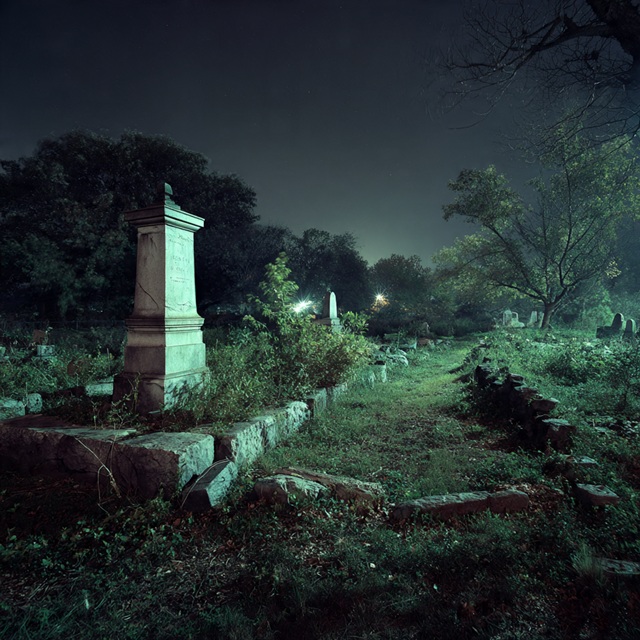
Caves: Nature’s Darkness Isn’t a Playground
There’s something irresistible about caves — the cool air, the echo of your voice, the total blackness. They’re mysterious, quiet and tempting. But caving requires training, equipment and backup lighting and often a permit to enter. Once inside, it’s easy to lose orientation, light or footing. Even experienced cavers know that without proper lights, mapping and communication, you can get disoriented fast. One wrong turn, one dead flashlight and you’re suddenly living a real-life horror story that will turn a casual exploration into an overnight survival ordeal. And cave rescues are slow, technical and dangerous for everyone involved. Cold, dark and claustrophobic — it’s not an adventure you want to experience. Bats can handle the dark. You can’t.
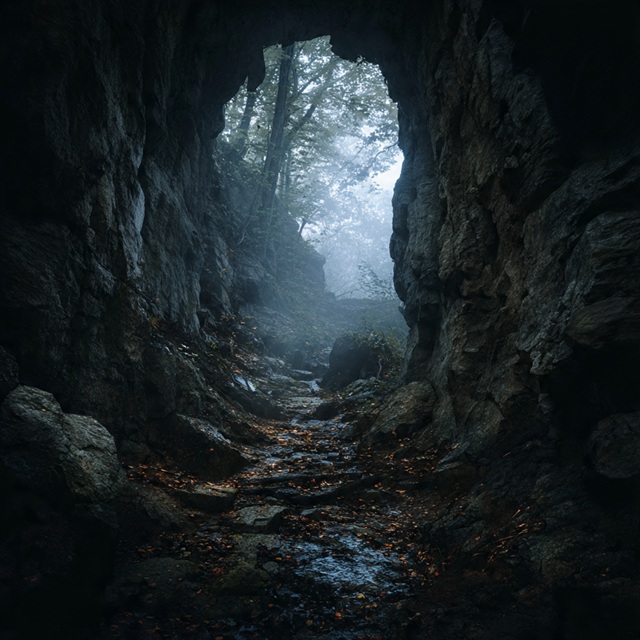
Ghost Towns: History Has Teeth
Ghost towns and mining camps are favorite Halloween destinations, especially in the West. But those scenic ruins hide open shafts, unstable walls, orphaned mines, open wells, septic hazards and other long-forgotten dangers. Many are on private property, where trespassing brings both legal trouble and safety risks. These aren’t Hollywood movie sets — they’re artifacts from a rougher, riskier time, relics of a period when safety codes didn’t exist.
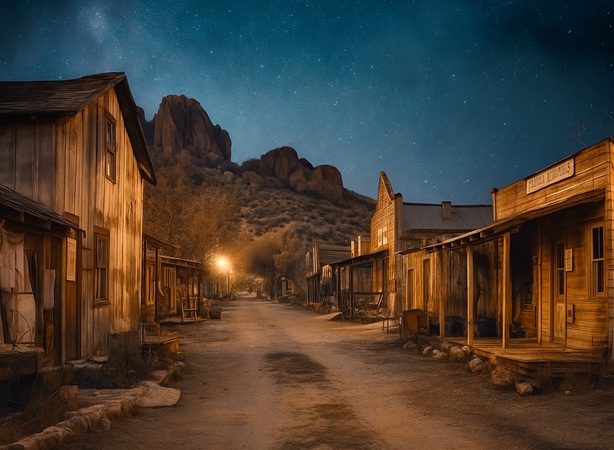
If You Want a Scare, Keep It Safe
If it’s an adrenaline dump you’re after, there’s no shame in getting it at the local charity haunted house or corn maze. Let the actor wearing the werewolf mask and carrying a chainsaw make you scream. That’s their job. It beats the absolute nightmare of having to call for search and rescue at the witching hour or worse, having us perform a body recovery.
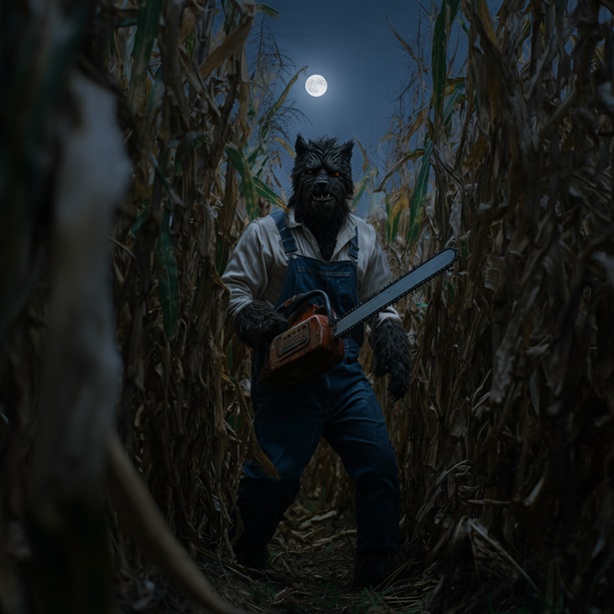
As daylight fades and Halloween approaches, remember: the most haunting rescues we face aren’t ghost stories — they’re preventable accidents. So before you chase that thrill, #TakeTheExtraMinute before the darkness falls. Be fearless, but be smart, and you’ll live to tell your own spooky tales. Check your surroundings, know where you’re going and leave the “haunts” to the silver screen.
Stay safe. Stay smart. And keep it real — not paranormal.
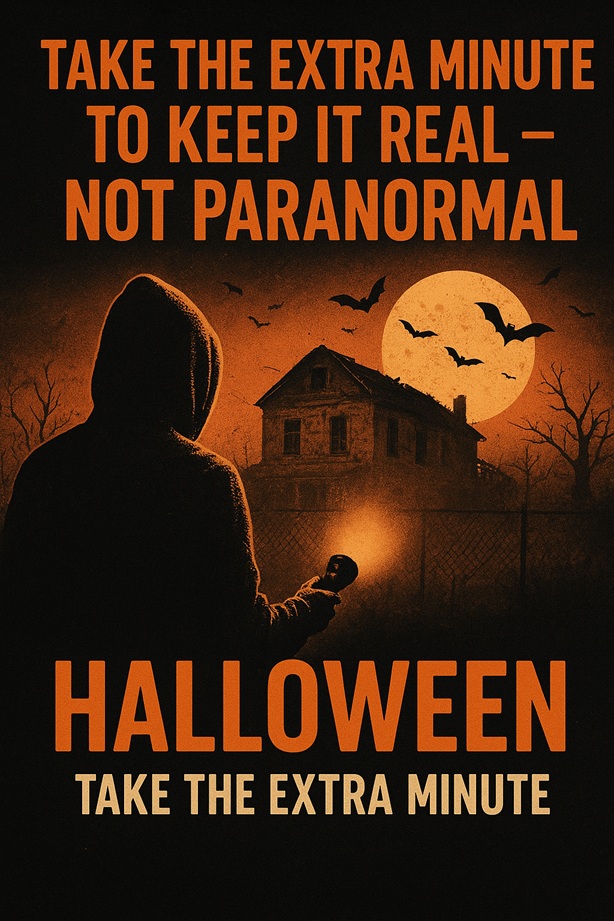
Discover more from Tales of Many Things
Subscribe to get the latest posts sent to your email.
